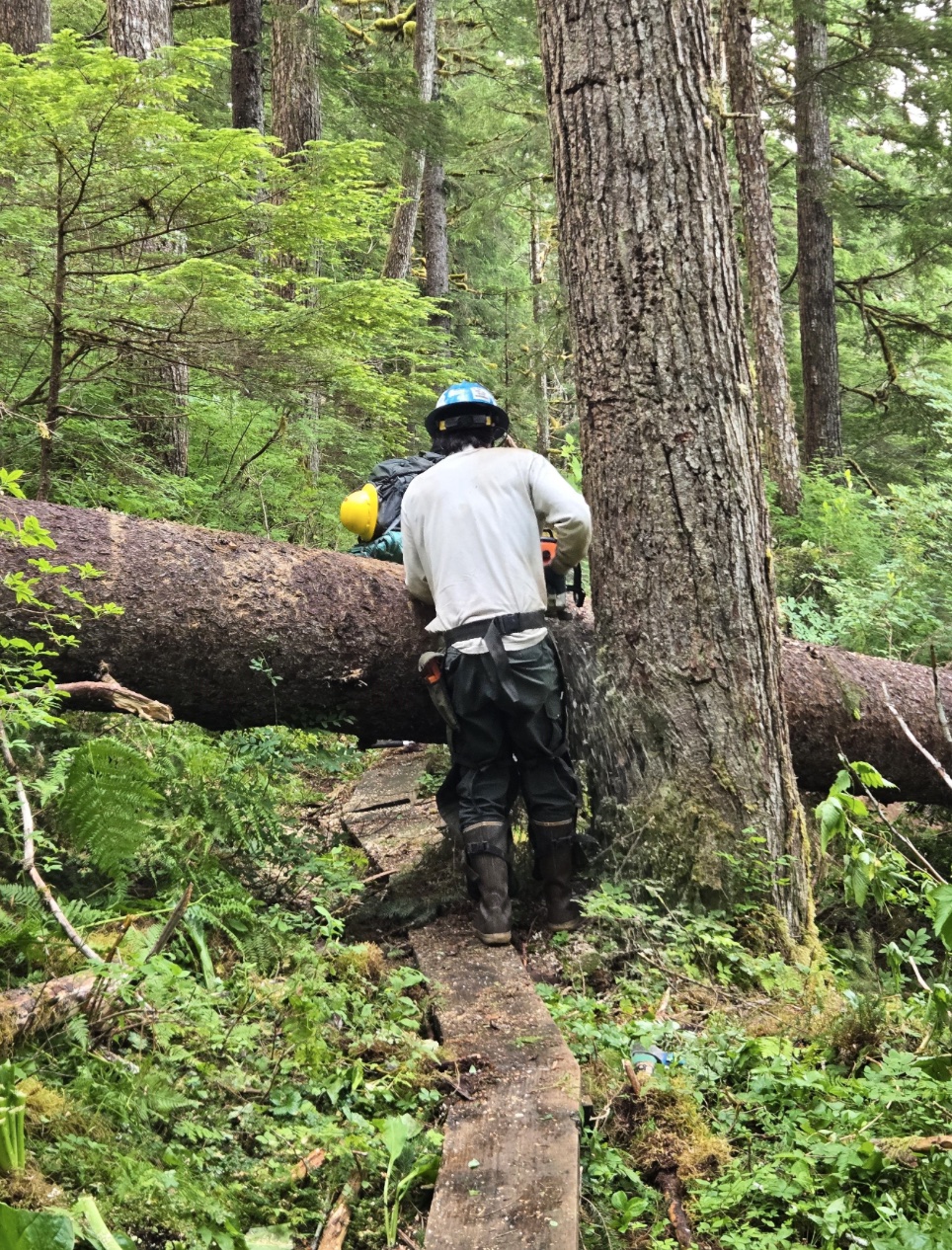President Donald Trump has announced new tariffs on imported timber, lumber, and related wood products, citing findings by the Commerce Department that foreign wood imports are weakening the US economy and are undermining national security.
The action follows a July 1 report from Commerce Secretary Gina Raimondo, who concluded that imports of wood products have been rising at such levels that they threaten to impair America’s ability to meet critical defense and infrastructure needs.
The investigation was conducted under Section 232 of the Trade Expansion Act of 1962, the same law used in past administrations to impose tariffs on steel and aluminum.
According to the report, sawmills are closing at an increasing pace, capacity is being underutilized, and unfair foreign subsidies are depressing the competitiveness of domestic producers. The secretary warned that the US could eventually be unable to meet demands for wood products vital to national defense, from building housing and transport systems for military personnel to supplying components used in missile-defense and nuclear systems.
“The present quantities and circumstances of the imports of wood products threaten to impair the national security of the United States,” Trump said in his proclamation.
Beginning Oct. 14, imports of softwood timber and lumber will face a 10% duty. Imports of upholstered wooden products will be hit with a 25% duty, which rises to 30% on Jan. 1. Imports of kitchen cabinets and vanities will also face a 25% duty, set to jump to 50% in the new year.
The proclamation exempts certain allies from the highest tariff levels. Products from the United Kingdom will not face tariffs higher than 10%, while tariffs on products from the European Union and Japan will be capped at 15%. The administration said it intends to pursue negotiations with these partners to address market distortions in the wood sector.
The administration argues that foreign dependence in the wood sector poses risks not only to economic welfare but also to the functioning of critical infrastructure, including the power grid, transportation networks, and defense manufacturing.
Trump said the tariffs are intended to bolster industrial resilience, create domestic jobs, and encourage modernization in the US wood industry. The administration projects that the duties will encourage new investment in domestic production, reduce vulnerabilities in supply chains, and support national defense readiness.
The tariffs are in addition to any other duties already in place and will remain until the administration determines that the domestic wood industry has stabilized. The Commerce Department will continue monitoring imports and could expand the scope of the tariffs to additional wood products if necessary.
The US Trade Representative is tasked with negotiating agreements with trading partners to resolve the dispute, while Commerce will review the policy’s effectiveness. A new update on the domestic wood industry will be required by October 2026.
The wood tariffs mark the latest in a series of aggressive trade actions by the Trump administration, which has already imposed reciprocal tariffs against countries with persistent trade surpluses and targeted imports from Brazil and Russia.

Maybe(?), we open back up the Tongass National Forest for logging operations? Seems like the available resource is merely wasting away and could once again play a vital role in the local economy, responsibly harvesting a renewable – natural resource, employing locals, and providing another economic ‘contributor’ for Southeast.
A little 11 year old thoughtfully considered Hemp Farms producing paper products (as well as its fibers can produce more products other than paper) would be more economics and environmental because the time it takes to grow hemp plants is shorter that growing a tree. Not to say we shouldn’t be harvest trees. But saying Hemp and Trees will diverse the portfolio.
You know Alaska could make hundreds of millions of dollars more having hemp farms to produce fiber instead of cannabis shops just make majority of its customers stoned out of their mind. Only in a backward state as Alaska will it think a cannabis store on every street benefits the economy.
However out of Hemp one can produce more types of products than what a cannabis shop sells.